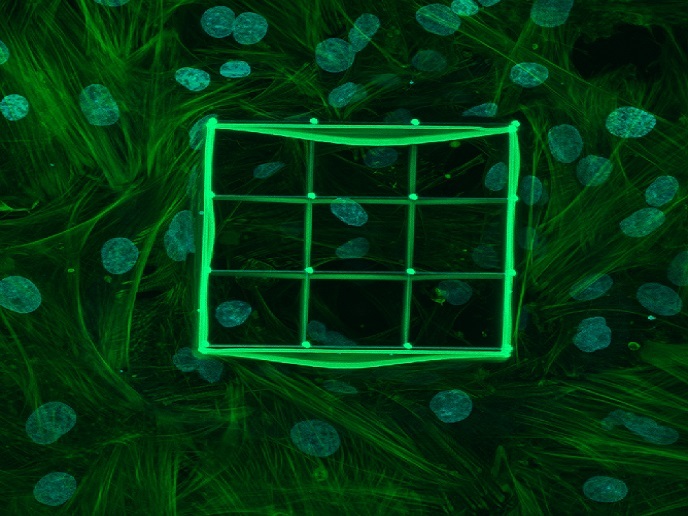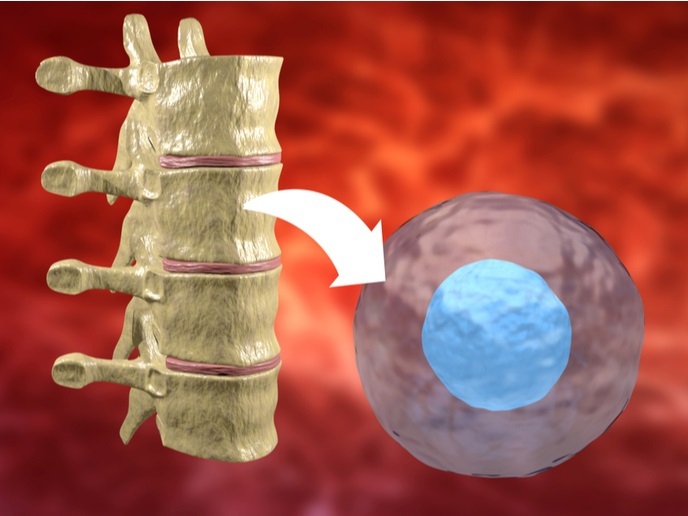Drug trial offers hope for children with cerebral ALD
Adrenoleukodystrophy(opens in new window) (ALD) is a hereditary disease caused by gene variants on the X chromosome. More specifically, an underlying genetic mutation in the ABCD1(opens in new window) gene results in a build-up of long-chain fatty acids and damage to the myelin sheath (the layer that insulates nerve cells) in the brain and spinal cord. When ALD patients reach adulthood, they develop adrenomyeloneuropathy(opens in new window) (AMN), and this is characterised by the progression of balance problems, difficulties in walking, spasticity and incontinence. “Additionally, ALD patients are at high risk of developing inflammatory lesions in the brain (cerebral ALD, or cALD), leading to rapid neurocognitive decline and death in an average of three to four years,” explains MIN4ALD(opens in new window) project coordinator Xavier Ortega from Minoryx Therapeutics in Spain. About one third of male ALD patients develop cALD between the ages of two and 12, and another third in adulthood. Women with ALD rarely develop cALD.
Potential new cALD treatment
The objective of the MIN4ALD project was to validate the efficacy of leriglitazone, Minoryx Therapeutic’s drug candidate, for the treatment of cALD in paediatric patients. This study complemented another ongoing study, focused on assessing the safety and efficacy of leriglitazone in adult ALD patients with AMN. There are at present no available pharmacological treatments for ALD; the only available treatment is haematopoietic stem cell transplantation(opens in new window) (HSCT). This procedure is only recommended for early-stage cALD in paediatric patients, and sometimes is associated with serious and fatal complications. Based on promising preclinical data, Ortega and his colleagues believe that leriglitazone could become an alternative treatment for cALD patients, with the potential to avoid or delay the need for HSCT.
Drug candidate validation
The initial part of the MIN4ALD project focused on reaching agreement with the regulatory agencies for a clinical study protocol for the phase II/III clinical study (NEXUS). This study assessed the efficacy and safety of leriglitazone in paediatric patients with cerebral ALD. This protocol was successfully agreed with the Paediatric Committee(opens in new window) (PDCO) of the European Medicines Agency(opens in new window) (EMA). The next stage was the implementation of NEXUS, which was achieved in collaboration with reference hospitals in France, Germany and Spain. Importantly, sites in these countries are open to patients from around the world. Results after six months of treatment are expected in a few months. If these are positive, the study will continue for up to two years, to assess if in the long term leriglitazone is able to arrest disease progression.
Bringing hope to ALD patients
“The impact of COVID made it complicated to manage a study in a sensitive population requiring frequent travelling,” says Ortega. “Completing the target recruitment was in itself already an important achievement.” In parallel with the study, additional data has been collected and reinforces the potential of leriglitazone in treating cALD. “We hope that the results from NEXUS will confirm this,” adds Ortega. “This will help to pave the way for leriglitazone becoming a reality for these patients.” A marketing authorisation application(opens in new window) has already been presented to EMA for the treatment of adult ALD patients. The file has been validated by EMA and is now under review. “If results from NEXUS are finally positive, we aim to use them to broaden an eventual marketing authorisation into paediatric patients with cALD,” remarks Ortega. “Our dream is to bring to the market the first pharmacological treatment for the broader ALD population. This project has been instrumental in support of this.”







